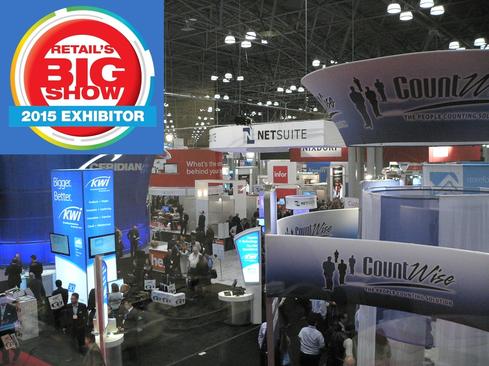3 Priorities For Enterprise Applications In 2015
Competition and cloud delivery haven't done enough to improve enterprise apps. Buyers must pressure vendors for better features, improved usability, and meaningful analytics.


9 CIO Tech Priorities For 2015
9 CIO Tech Priorities For 2015 (Click image for larger view and slideshow.)
With the rise of software-as-a-service, enabled by new tools that support speedier development and implementation, there's a huge and fast-growing number of enterprise applications available for nearly every business process imaginable. From financial management and customer relationship management to marketing and booking corporate travel, there’s an app (or 20) for that.
But more doesn’t always mean better. The proliferation of apps hasn’t necessarily meant that businesses have succeeded or realized the returns on investment they expected from these new products. In some cases it has been quite the opposite, as a large number of enterprise application implementations still end in failure.
How can companies safeguard against failure and ensure that they get the maximum possible benefit from their software investments? They can take several steps, such as aligning software purchases with business goals, getting executive buy-in, and providing adequate training. However, a good deal of the responsibility also rests on the software vendors, which need to do more to ensure that companies can succeed with their products.
[ Want more on 2015 priorities? Read 5 Analytics, BI, Data Management Trends For 2015. ]
Here are three areas where enterprise apps need to improve, and what software buyers can do to make that happen.
Insist on better features, not more features
The explosion of enterprise apps has resulted in a features race; every vendor wants to make sure that their product has checked all the boxes on the software comparison charts. But features aren’t everything. In fact, too many extraneous features can result in the software becoming overwhelming. The term for this condition is software bloat.
Rather than focusing on feature-comparison charts, software buyers should instead concentrate on the features they most need and ensure that those features work exactly as desired. In 2011, software expert Janus Boye identified eight content management system features that customers rarely use. While sophisticated workflow features, for example, may be nice to have, firms looking to buy CMS software would be better off prioritizing responsive design and mobile support, which provide a better experience for end users.
Let the focus be on feature quality and functionality, rather than looking for check marks in every box on the feature list.
Focus on usability
Usability has always been a stumbling block for enterprise applications, and it hasn't helped that vendors have focused too much on adding features while ignoring the user experience. Usability is improving, with the recent shift toward "consumerized" technology, but enterprise apps still have a long way to go.
Let’s take CRM as an example. In 2007, a study showed that the main challenge for business executives in implementing new CRM software was getting people to actually use the applications. In that study, 72% of respondents said that they would give up features to gain better usability. Fast-forward to a 2011 Nucleus Research study that found that ease of use is still rated as the most desirable feature in a CRM app. A quick perusal of articles and whitepapers over the last year shows that CRM users are still demanding better usability, particularly when it comes to mobile apps.
This year, communicate with your enterprise software vendors to make sure that they are getting usability to the level where it needs to be. Acquisitions and competitive threats all too often emerge as distractions, but don't let your vendors take their eyes off this ball.
Demand meaningful data and analytics
Big data has been a trending topic, and software vendors have been quick to add data-collection tools to their enterprise apps. But collecting data is different than understanding it, and just because a data set is big doesn’t mean it's useful.
Many companies are struggling to gain insights from the massive amounts of data they are collecting. In the energy industry, for example, poor data quality and a lack of integration is preventing companies from getting the most out of their analytics. And a recent study by Accenture and GE found that fewer than 30% of companies are using big data to make predictions.
This year the focus needs to shift from collecting more data to collecting more meaningful data. We also need better tools and analytics that businesses can use to gain meaningful insights. The Association for Computing Machinery advises that one way to make sense of big data is through data visualizations. Rather than relying on the same reports that have traditionally been used for “small data,” explore the opportunity to gain more meaningful insight through data visualization.
Enterprise apps and app vendors have made great strides in helping companies compete effectively in the fast-paced, fast-changing modern economy. But to ensure not only high rates of adoption, but also high rates of success, more needs to be done. Let’s make 2015 the year we focus on better features, improved usability, and more meaningful data.
Attend Interop Las Vegas, the leading independent technology conference and expo series designed to inspire, inform, and connect the world's IT community. In 2015, look for all new programs, networking opportunities, and classes that will help you set your organization’s IT action plan. It happens April 27 to May 1. Register with Discount Code MPOIWK for $200 off Total Access & Conference Passes.
About the Author
You May Also Like






